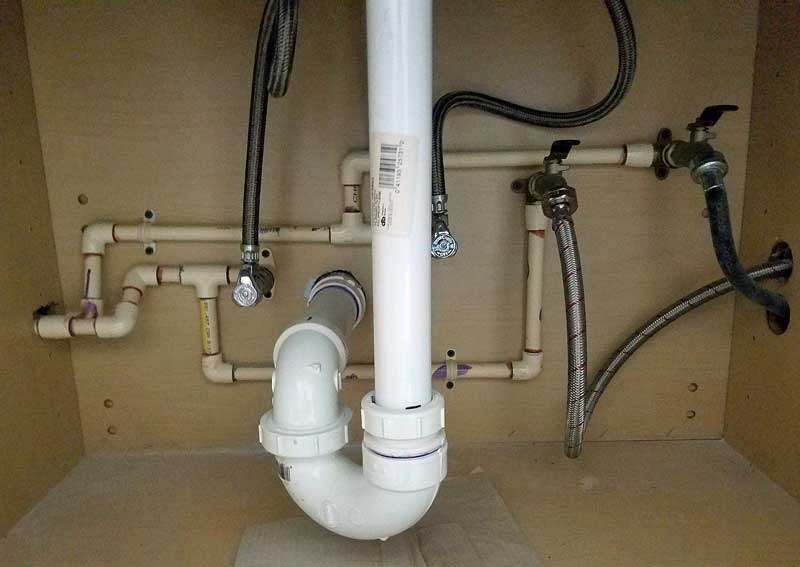TipsMcStagger
Member
Single floor, two bedroom, two bath home in Florida, built on a slab. Home had a slab leak prior to my ownership. It was replumbed with CPVC in/through the attic. As each room is remodeled, I'd like to replace the CPVC with PEX, as much as I can.
I've just demo'd the guest bathroom. The plumbing for the adjoining laundry room is in a common wall, which is now fully accessible. There is a utility sink in the laundry room. The CPVC is plumbed through the wall from the adjoining bathroom into the laundry vanity under the utility sink. There are shut-offs for both the utility sink and the washer, which is next to the utility sink.
If the goal is to eliminate as much of the CPVC from the house as possible, what would be the best approach to replacing the CPVC pictured under the utility sink? Should this be redone in copper and joined to the new PEX?
Any other thoughts or considerations?
TIA.

I've just demo'd the guest bathroom. The plumbing for the adjoining laundry room is in a common wall, which is now fully accessible. There is a utility sink in the laundry room. The CPVC is plumbed through the wall from the adjoining bathroom into the laundry vanity under the utility sink. There are shut-offs for both the utility sink and the washer, which is next to the utility sink.
If the goal is to eliminate as much of the CPVC from the house as possible, what would be the best approach to replacing the CPVC pictured under the utility sink? Should this be redone in copper and joined to the new PEX?
Any other thoughts or considerations?
TIA.

Last edited by a moderator:
